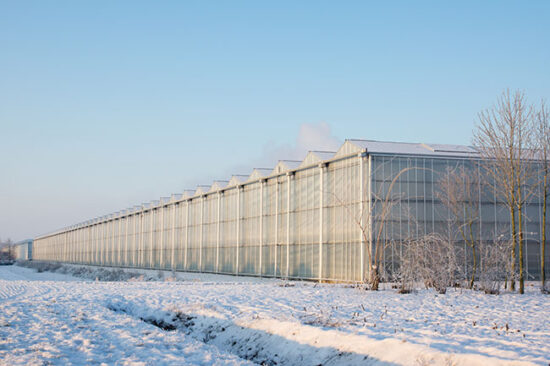#GreenhouseCrops #VegetableCultivation #AgriculturalInnovation #WinterFarming #DataDrivenFarming #SustainableAgriculture #CropManagement #HorticultureTrends
In the world of greenhouse vegetable cultivation, the management of crops during the winter months presents unique challenges and opportunities. This article unveils crucial insights and strategies for optimizing yields of three major greenhouse vegetables: cucumbers, tomatoes, and peppers.
Understanding Cropping Schedules:
Growers are adapting their cropping schedules based on energy prices, emphasizing the importance of efficient seedling planting. The shift towards two cucumber crops, from January to May and June to October, aligns with the trend of year-round cultivation, especially among those utilizing supplemental lights.
Crucial Light Metrics – Daily Light Integral (DLI):
Cucumbers, tomatoes, and peppers, being high light crops, require a Daily Light Integral (DLI) between 22 to 30 moles/day. The DLI, measuring light intensity and duration, influences Photosynthetically Active Radiation (PAR). The article emphasizes the impact of light conditions on crop development, illustrated with real-world examples.
Strategies for Tomato Crop in Early Spring:
The article delves into detailed strategies for managing tomato crops in early spring (January to February), covering crucial aspects like plant focus, target temperatures, CO2 levels, irrigation/feed practices, Vapour Pressure Deficit (VPD), light levels, leaf and fruit numbers, and overall crop management. Practical recommendations for each aspect are supported by scientific reasoning and expert opinions.
Data-Driven Insights:
Backed by the latest data, the article emphasizes the significance of maintaining optimal conditions for root development, balanced nutrition, and proper environmental control. Insights on temperature management, CO2 dosing, and irrigation based on sunlight provide a comprehensive guide for achieving high-quality yields.
As we navigate the complexities of winter greenhouse cultivation, it becomes evident that a holistic approach, integrating the latest technologies and data-driven practices, is essential for maximizing yields. The provided strategies offer a roadmap for farmers and agricultural professionals to enhance productivity while ensuring the sustainability of their operations.












